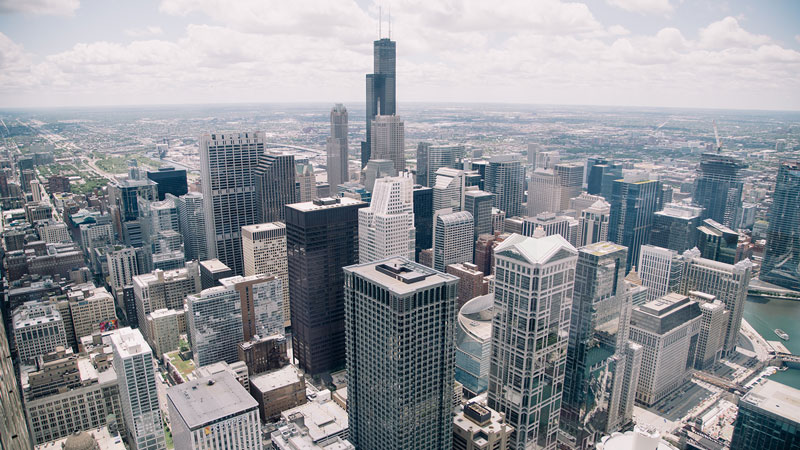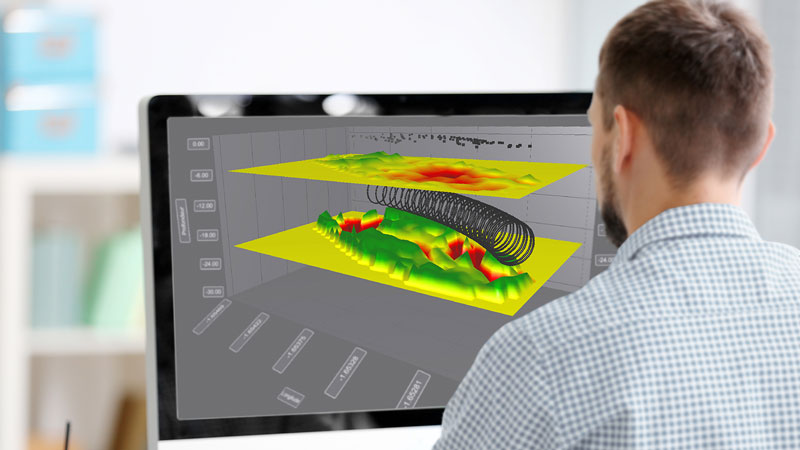Client:
Ghantoot Gulf Contracting
Ghantoot Gulf Contracting link opens in a new tab

The challenge
The Agora Mall project comprises a shopping mall with 3 floors, and is located at Jumeirah First, Dubai.
Sixense has been contracted by Ghantoot Gulf Contracting to perform the investigation and diagnosis of the PT cables in slabs affected by a fire.
The main goal of this study was to determine if the PT tendons of the slabs had been damaged by the fire and therefore if they had to be replaced or not.
Several diagnoses had already been conducted on this building, all focused on the reinforced concrete, while the PT tendons could have been damaged f the temperature, at their level went too high.
The solution
In order to propose a cost-effective solution, the methodology Sixense adopted on site, was to evaluate visually the level of deterioration and identify the worst possible situations. 10 positions were therefore taken into account for sampling and lab testing so as to estimate the maximum temperature reached in the PT during the fire.
Laboratory tests were then conducted on the samples presenting the most severe conditions (disorders and exposure).
The following tests were performed:
- Microscopic observations on thin sections.
- X-Ray diffraction analysis for temperature estimation at the PT level.
- Scanning Electron Microscope observations.
- Mineralogical analysis by X-Ray diffraction and SEM observations were carried out to determine if the temperature went above 200°C at the pre-stressing level.
- The estimation of the temperature is based on T°C stability fields of minerals.
Sixense approach followed the principle that if in the most affected locations, the temperature did not go high enough to permanently damage the PT, then it can be assumed that the PT is alright in every location of the site. Carrying out such tests in fewer locations proved to be more cost-effective than systematically testing every location with a constant grid.
Floors: post fire visual inspection & mapping of concrete PT slabs
Microscopic observation on thin section on concrete cores
Mineralogical analysis by X-Ray diffraction tests on concrete cores
Scanning Electron Microscope surveys on concrete cores




